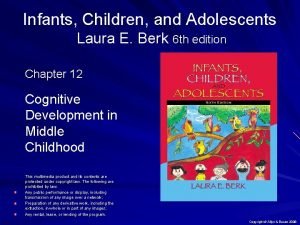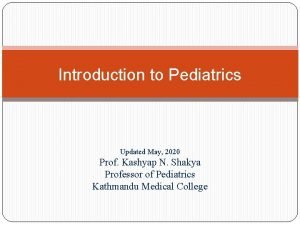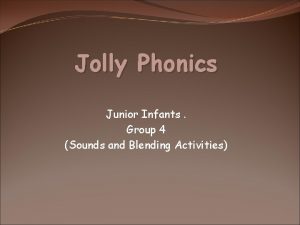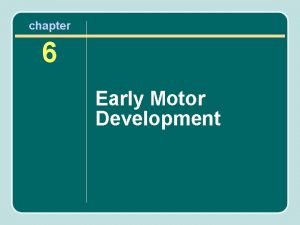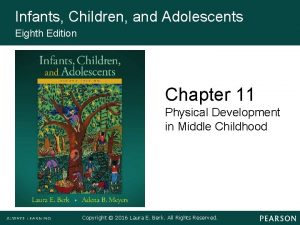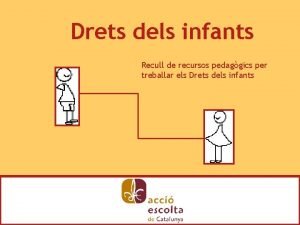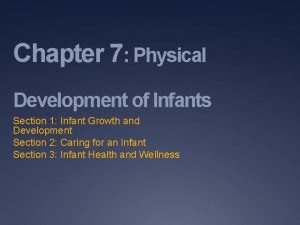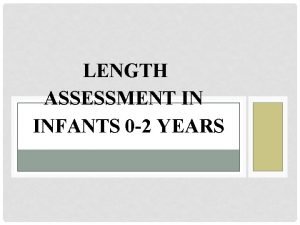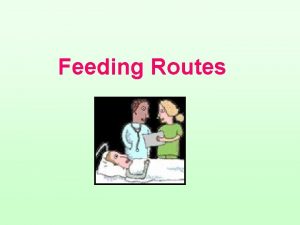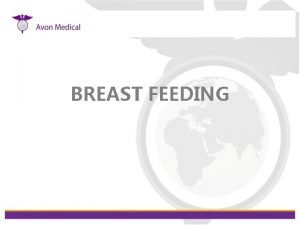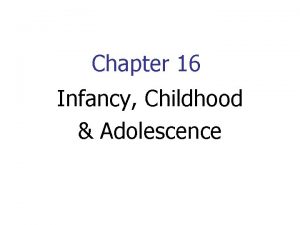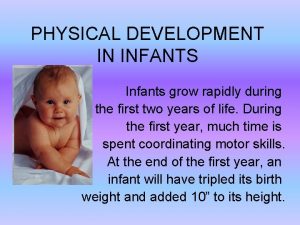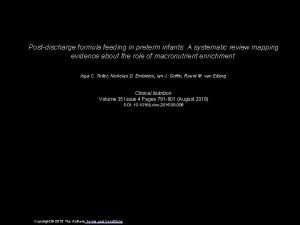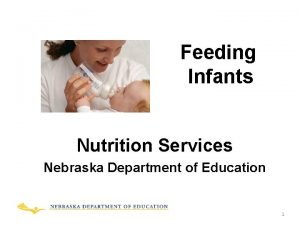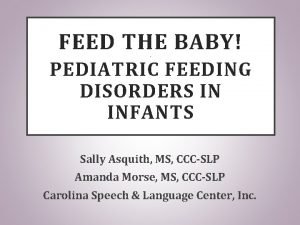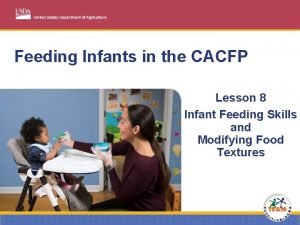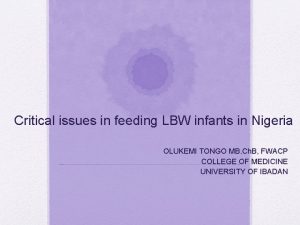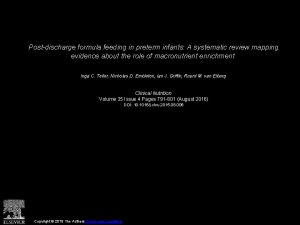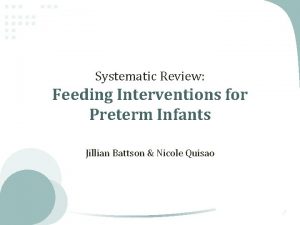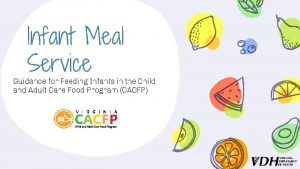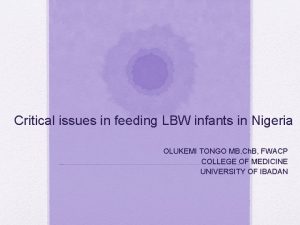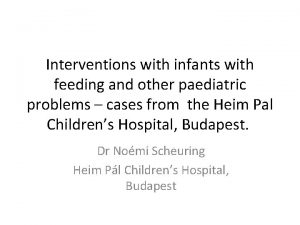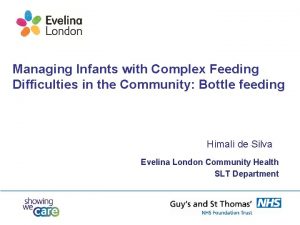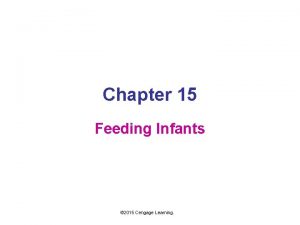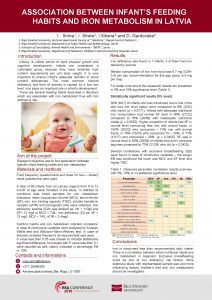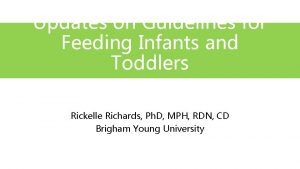Designing programming to improve feeding practices for infants
























- Slides: 24

Designing programming to improve feeding practices for infants, young children and women

Nutrition: Session 1 Looking at data using the Nutrition Program Design Assistant (NPDA)*: STEP 1 Indicators • IYCF • Micronutrients NPDA Reference Guide: http: //www. coregroup. org/storage/documents/ Workingpapers/NPDA_Ref. Guide)web. pdf NPDA Workbook: http: //www. coregroup. org/storage/documents/Workingpapers/ NPDA_workbook_web. pdf

HANDOUT: DATASET DHS AND KPC SURVEYS* GROUP A GROUP B % National Level (rural) INFANT AND YOUNG CHILD FEEDING BREASTFEEDING PRACTICES % of children born in the last 24 months who were put to the breast within one hour of birth 67. 1% 47. 5% % of infants 0 -5 months of age who are fed exclusively with breast milk 26. 9% 35. 0% % of children 12 -15 months of age who are fed breast milk 95. 3% 93. 2% COMPLEMENTARY FEEDING PRACTICES % of infants 6 -8 months of age who receive solid, semi-solid or soft foods 77. 5% 72. 4% % of breastfed and non-breastfed children 6 -23 months of age who receive solid or soft foods the minimum number of times or more 31. 3% 36. 3% % of children 6 -23 months of age who receive foods from four or more food groups 65. 4% 53. 8% % of children 6 -23 months of age who receive a minimum acceptable diet 23. 1% 22. 7% FEEDING DURING ILLNESS % of children 0 -23 months of age with diarrhea in the last 2 weeks who were offered more fluids during the illness (note: fluid is breast milk only in children under 6 months of age) 36. 0% 34. 3% % of children 6 -23 months of age with diarrhea in the last 2 weeks who were offered the same amount or more food during the illness 53. 8% 49. 1% MICRONUTRIENTS % of children 6 -23 months of age who ate vitamin A-rich foods in the past 24 hours 63. 3% 50. 6% % of children 6 -59 months of age who have received vitamin A supplement in previous 6 months 64. 9% 43. 4% % of children 6 -59 months of age with anemia 74. 1% 62. 0% % of children 6 -23 months of age who ate iron-rich foods in the past 24 hours 40. 1% n/a * Note that the data is taken from several different surveys done in a combination of countries in Southern Africa

SESSION 1: LOOKING AT DATA TO DESIGN PROGRAMS Prioritizing IYCF Practices by looking at IYCF Indicators Small group work instructions: Look at the data for Group A or Group B on the handout. Which practices does your group feel are very low? Why did you choose these? (Note: choose just a few. ) Examples from small group presentations: • % of infants 0 -5 months of age who are exclusively breastfed • % of children 6 -23 months of age who receive the minimum acceptable diet. Note this is a composite indicator which is a combination of: • Diversity of diet (low) • Frequency of feeding (lower)

• % of children 6 -23 months of age that are sick (with diarrhea) who were offered MORE fluids (including breast milk) during the illness • % of children 6 -23 months of age that are sick (with diarrhea) who were offered the SAME or MORE food during the illness • % of children born who were put to the breast within 1 hour of birth • % of children 6 -23 months of age who ate iron-rich foods in the previous 24 hours • % of children 6 -23 months of age who received Vitamin A supplement in previous 6 months • % of children 6 -59 months of age with anemia

Small group work continued: Among the recommend infant and young child feeding practices, which does your group feel are being done by a good percentage of women? (Note: choose just a few. ) • % of children 12 -15 months who continue to be breast fed • % of infants 6 -8 months receiving solids or semi-solids or soft food • % of children 6 -23 months of age sick (with diarrhea) who were offered the SAME or more amount of food during the illness

Small group work: Which two practices (for any reason) would you suggest be prioritized for additional emphasis by a project? Why? • Exclusive breastfeeding 0 -5 months: it’s cheap (and easy to promote among poor families), no need for preparation, has a big statistically significant impact on child health and growth, has all the required nutrients, easy to digest, and can be expressed and used when mother is away. • Children 6 to 23 months who receive a minimum acceptable diet (frequency, diversity, don’t forget about QUANTITY): improving these practices should have a strong positive impact on child growth including reduction of stunting and improving weight gain, prevention of illness/disease, and overall normal growth and development.

Small group work continued: Which two practices (for any reason) would you suggest be prioritized for additional emphasis by a project? Why? • Early initiation of breastfeeding within 1 hour of birth: Because colostrum provides natural immunity for the child, which is important and has a long term positive impact on the health of the child and reduction of child mortality. • Feeding during illness: improvements in this practice may have a positive impact in reducing high infant mortality rates.

Optimal Complementary Feeding of Infants and Young Children NOTE this is one way to remember key practices: • CONSISTENCY (e. g. of porridge) • FREQUENCY • QUANTITY !!!!!!! • QUALITY (DIVERSITY)

FATVAH: Another memory tool for promoting key complementary feeding practices F = Frequency A = Amount T = Thickness V = Variety A = Active feeding H = Hygiene

Importance of QUANTITY* Age % of children Quantity of semi-solid consuming at least food recommended HALF the recommended quantity 6– 8 months 100+ grams 43. 2% 9 -11 months 150+ grams 36. 6% 12 -23 months 200+ grams 44. 8% *Evaluation research of the Nutrition interventions in the integrated Nutrition and health Program II Areas of CARE India, Final Report January 28, 2008; Johns Hopkins Bloomberg School of Public Health for USAID.

Nutrition: Session 2 Looking at new IYCF materials with SBC messages: • UNICEF http: //www. unicef. org/nutrition/index_58362. html • Essential Nutrition Actions http: //www. coregroup. org/resources/core-tools • CARE, URC, CHS http: //thewindowofopportunity. info/resources

Session 2: Review new IYCF SBC materials INSTRUCTIONS, WORK IN PAIRS OR 3 PEOPLE Step 1. Look at the Cover Page of each of the 3 materials (from UNICEF, from ENA Consortium, from CARE). Each person should take one set of materials to find information and/or read to the other 2 people. Step 2. Look at the guidance for (INSERT YOUR GROUP’S TOPIC) among pages (appropriate pages noted on handout) of each of the UNICEF, ENA, CARE IYCF materials : • Are there any POSITIVE differences between the 3 sets of materials? (Look for inclusion of persons of influence; additional useful topics; practical information; etc. ) • Why do you think it is a POSITIVE addition to the materials? • NOTE a few of your comments on a flipchart

(Session 2 continued) TOPICS FOR SMALL GROUP WORK Group A: • Food intake and nutrition during pregnancy • Early initiation of breastfeeding Group B: • Exclusive breastfeeding for the first 6 months • Other recommendations for optimal breastfeeding Group C: • Complementary feeding 6 to 8 months Group D: • Complementary feeding 12 to 23 months Group E: • Feeding the sick child

Group A: Pregnancy and nutrition • All three materials emphasize increasing food intake during pregnancy which isn’t always included in standard ante-natal health care messages and which is useful for improving nutritional status. • The UNICEF materials also emphasize the importance of meeting the special needs of the adolescent mother. • The ENA materials direct messages at the husband, as a person of influence, and show the husband wife “together”.

Group A cont’d: Early initiation of breastfeeding • All 3 materials mention that immediate early initiation of breastfeeding will help reduce bleeding from the womb; ENA and CARE materials also note that this helps to expel the placenta • The CARE and UNICEF material include emphasis on immediate skin to skin contact between mother and newborn • ENA and CARE materials include traditional midwife (or grandmother? ) in the visual graphic

Group B: Exclusive breastfeeding for the first 6 months • All 3 materials note that a breastfeeding woman needs additional food. The graphic in the CARE material includes the grandmother in the picture and emphasizes the importance of her role in offering a daughter or daughter-in-law extra food. The ENA materials include a message and visual graphic emphasizing that a husband should ensure that a breastfeeding wife has 2 extra meals each day, including foods like papaya. • UNICEF and CARE materials describe how to “recognize” demand at early stages (i. e. before the “late” stage when baby is crying). • UNICEF material emphasizes that mixed feeding (semi-solids AND breast milk) can damage the baby’s stomach. • The CARE and UNICEF materials give detailed information about how to express milk and feed from a cup. • All 3 materials have good graphics and information on positioning and attachment.

Group C: Complementary feeding 6 to 8 months • ENA and CARE materials mention cooking porridge with breast milk or other milk rather than water; this helps avoid contamination from water and increases protein content of porridge. • UNICEF and CARE promote using the FATVAH acronym to remember key complementary feeding practices (frequency, amount, thickness, variety, active feeding and hygiene). • ENA material has only one to two messages per counseling card. UNICEF and CARE materials have one card with all of the key complementary feeding messages. There are positives to each approach, with mothers perhaps better understanding fewer messages on any visual card or, on the other hand, community educators better able to manage one card and choose the message to be shared at any counseling session. • (Note that different ways of expressing the appropriate age range was potentially confusing for field staff. )

Group D: Complementary feeding 12 to 23 months • (Note that these messages build on the messages previously covered for optimal complementary feeding 6 to 8 months) • ENA material shows the involvement of men in the visual graphics. • ENA has short clear messages.

Group E: Feeding the sick child • The ENA material includes the husband supporting the wife and sick child and shows his support for additional food for both a child when sick and/or the wife when sick. • ENA notes that sick mothers can continue to breast feed a child. • UNICEF and CARE materials have two separate cards for <6 month age and >6 month; this helps avoid confusion in messaging.

1, 000 Days Initiative US Secretary of State and Irish Foreign Minister “a global effort to jumpstart the implementation of the” Scaling Up Nutrition Framework and Roadmap

Poor growth and development during pregnancy and up to age 2:

1, 000 Days Initiative: “Adequate nutrition, from the start of a mother’s pregnancy until a child is two years old, is crucial to a child’s development. Undernutrition leads to physical stunting, mental impairment, higher susceptibility to disease, increased risk of mortality, poorer performance in school and lower future incomes. ”

This presentation was made possible by the generous support of the American people through the United States Agency for International Development (USAID). The contents are the responsibility of Save the Children and do not necessarily reflect the views of USAID or the United States Government.
 Specialized nutrition support
Specialized nutrition support C coding standards best practices
C coding standards best practices What is in system programming
What is in system programming Linear vs integer programming
Linear vs integer programming Perbedaan linear programming dan integer programming
Perbedaan linear programming dan integer programming Definisi integer
Definisi integer Greedy programming vs dynamic programming
Greedy programming vs dynamic programming Give me a dozen healthy infants
Give me a dozen healthy infants Infants, children, and adolescents 8th edition
Infants, children, and adolescents 8th edition Personality development in infants
Personality development in infants Infants age range
Infants age range Just phonics junior infants
Just phonics junior infants Creative curriculum for infants and toddlers
Creative curriculum for infants and toddlers Infants and children 8th edition
Infants and children 8th edition Derotative righting reflex
Derotative righting reflex Infants and children 8th edition
Infants and children 8th edition Dinamiques per treballar els drets dels infants
Dinamiques per treballar els drets dels infants Sentinel injuries in infants are
Sentinel injuries in infants are Chapter 7 physical development of infants
Chapter 7 physical development of infants Length board for infants
Length board for infants Discontinuous development psychology
Discontinuous development psychology Five year old tammy mistakenly believes
Five year old tammy mistakenly believes Lesson 9.1 intellectual advances in the first year
Lesson 9.1 intellectual advances in the first year Art ideas junior infants
Art ideas junior infants Intercostal retractions in infants
Intercostal retractions in infants








